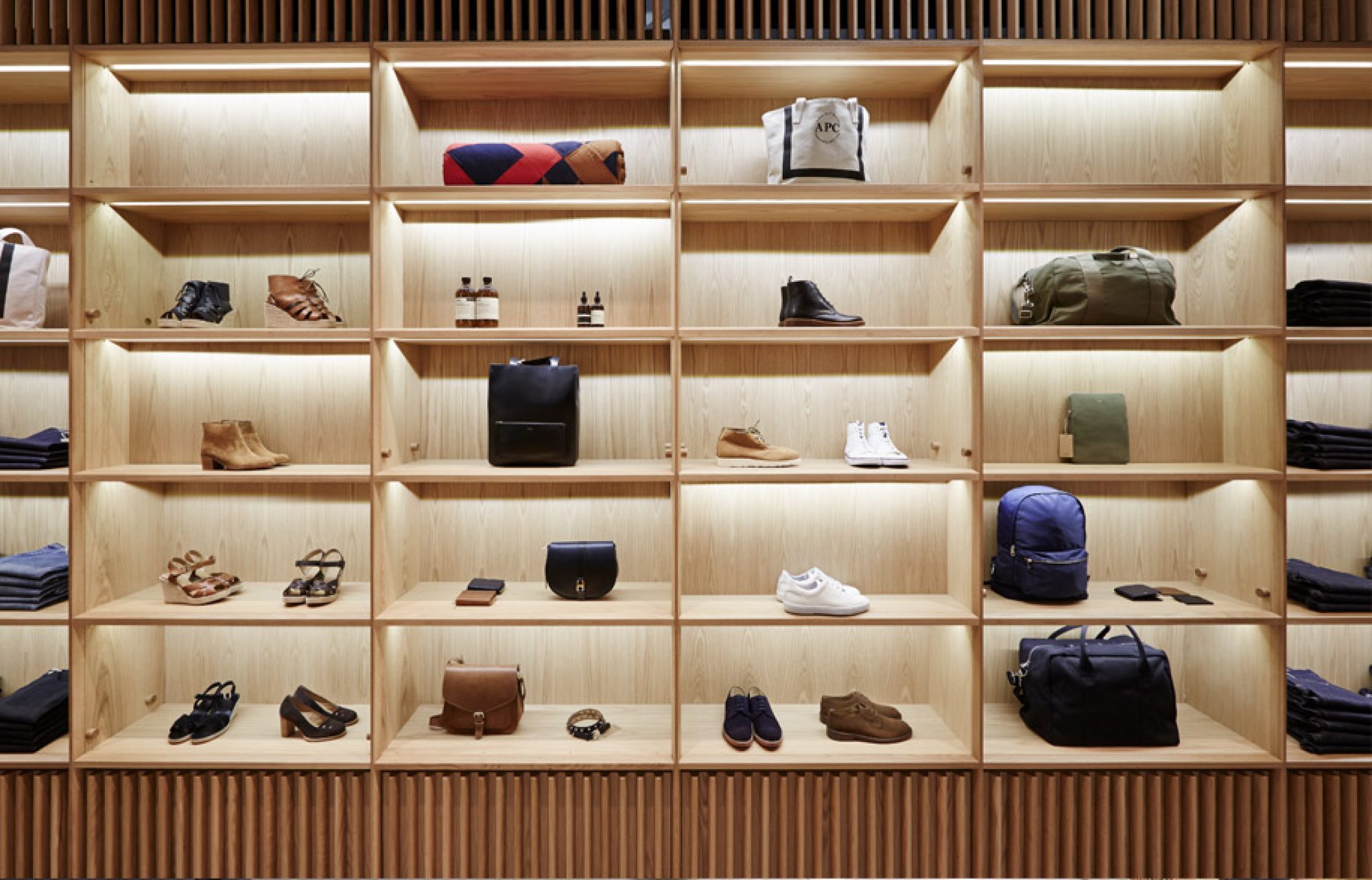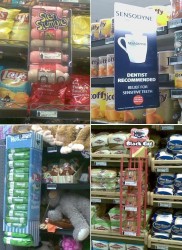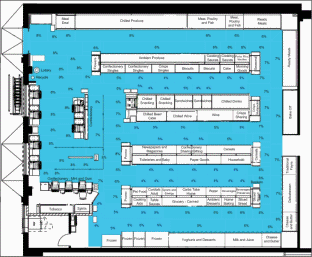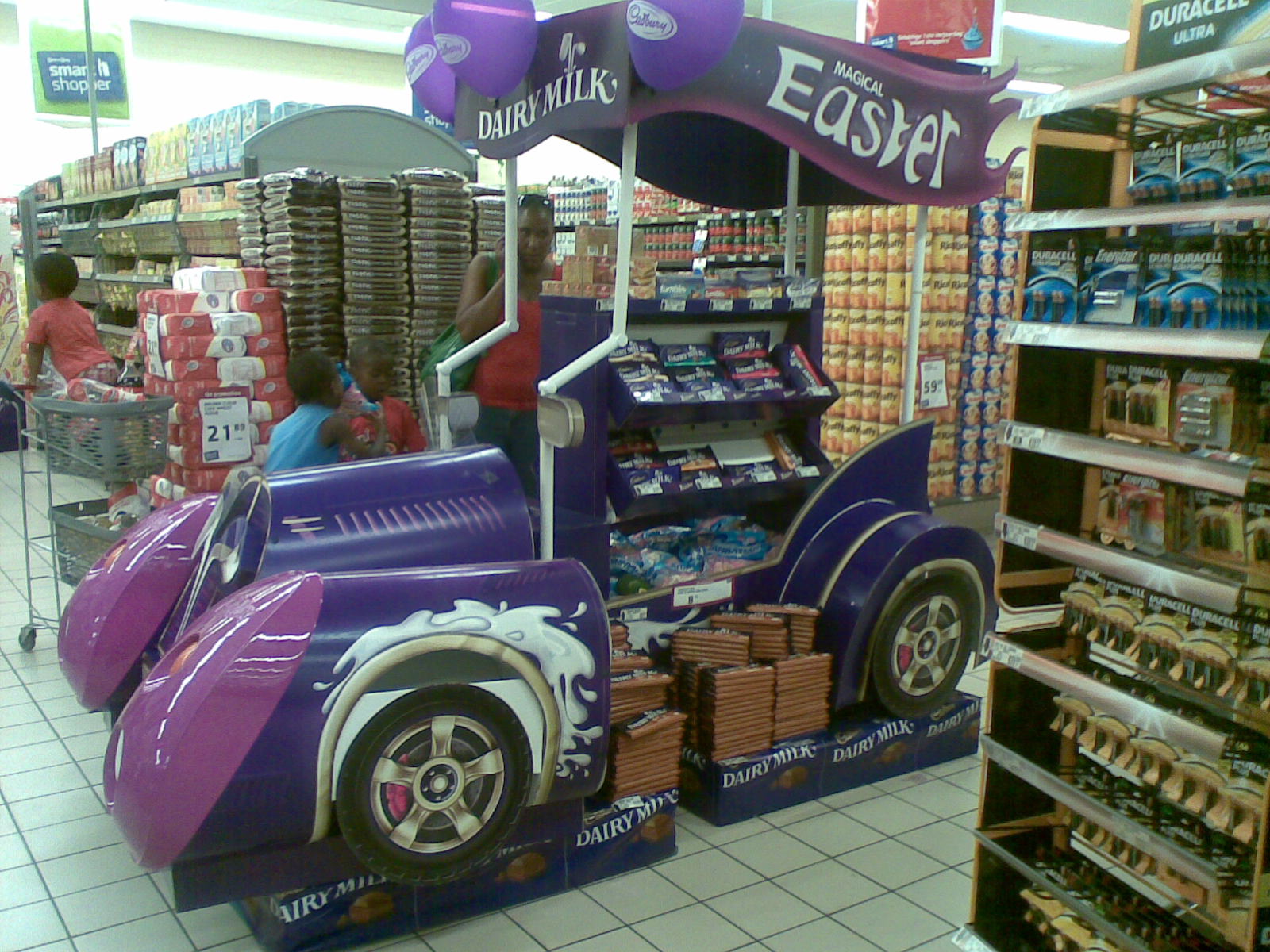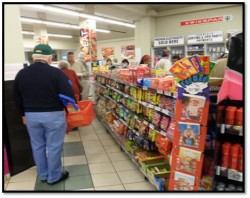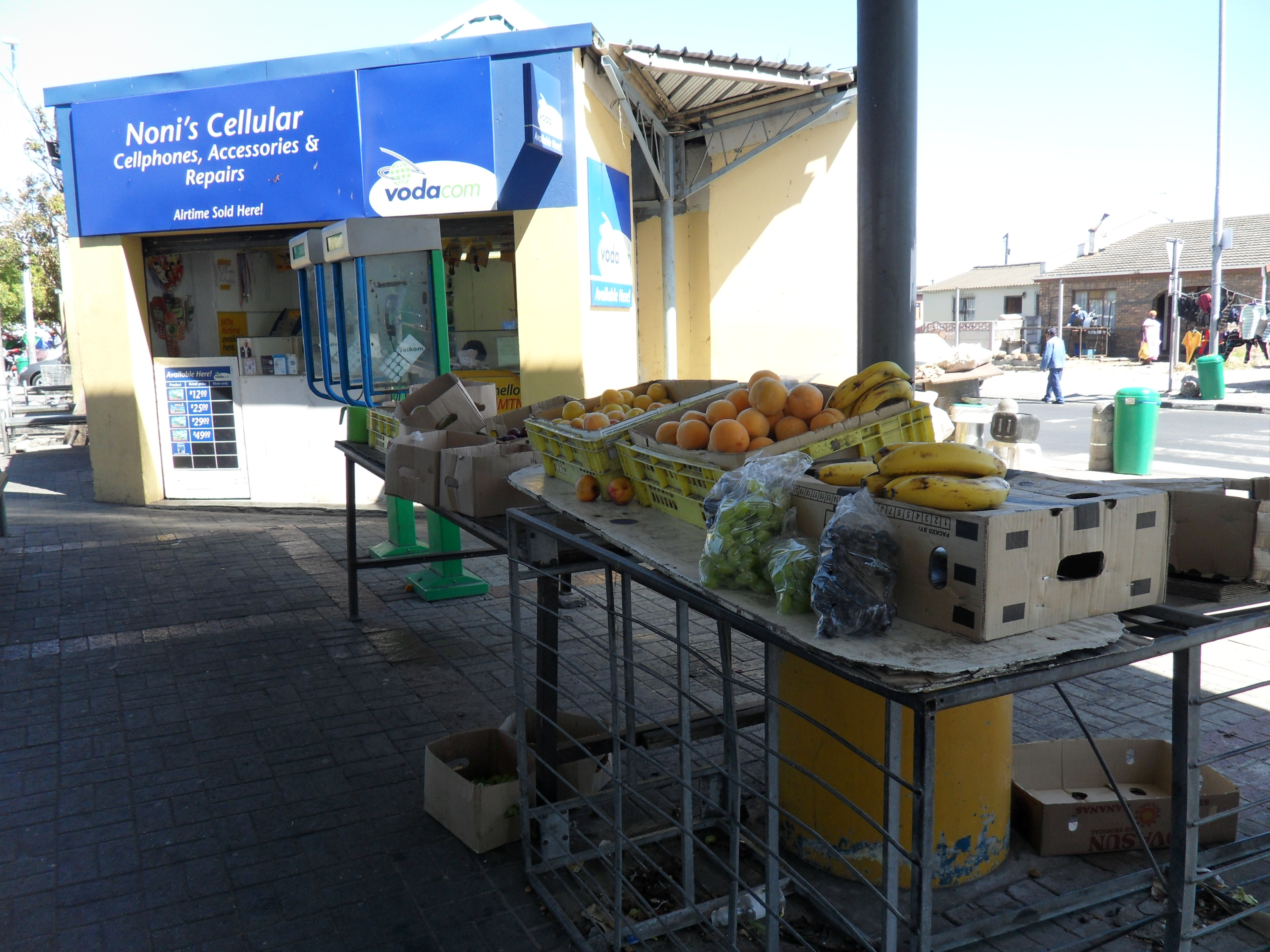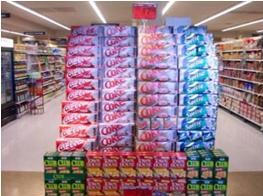Retailers are increasingly employing cross category merchandising in their stores. Cross category merchandising refers to products from different categories being merchandised in the same location and can be utilsed effectively to increase sales when the shoppers journey is understood in-store. Read more>>
MARI UK….
The objective of MARI is to be able to measure the performance of display materials by brand, category, display type, location and a series of other reference points; in order to provide actionable results that make a difference to the participants’ business…Read more>>
Location and orientation is crucial
In the path of the shopper, location and orientation is crucial for a POP display to be seen.
Retail outlets are full of competing brands vying for the shoppers attention and using everything from promotions to flashing lights. However, even a bold, eye catching display that fulfils all of the criteria for success in trade, may get lost Read more >>
The impact of in-store communication
The best way to determine what’s going on in-store is to understand how shoppers interact with products.
Shopper interaction can be dependent on the way in which products are merchandised, the messages used to encourage shoppers to look at products, and the point of purchase displays used. Read more >>
The path of temptation
“Temptation Alley” (also known as the Snake Queue) refers to the communal queuing systems found in many retailers which encourage shoppers to engage in impulse purchases. A major advantage of these alleys is the category mix of impulse products such as snacks, confectionery, shopping bags, magazines, etc. Read more >>
Don’t under estimate the Power of Packaging
Packaging serves as a key communication tool when trying to reach the target market. It plays an integral role in the marketing mix of a product and is considered one of the key elements that grabs the shopper’s attention in a store environment. Read more >>
Is your Consumer, your Shopper?
Do you know who shops your category as opposed to who consumes your product?
For example, if Dad is a loyal Brand X consumer but Mum is the shopper, will Brand X be the brand that is purchased? Even if Mum intends to buy Brand X or is the loyal consumer and main shopper, there are a number of in-store encounters that could ultimately influence her purchase decision. Read more >>
Shopping baskets: An indespensible tool for a retailer
Picture this; a shopper walks through an aisle, hands full to the brim with products, she stops and notices an item on a display that she is genuinely interested in purchasing, however, after a moment of frustration she walks out of the aisle and straight to the checkout, leaving the product that she almost purchased behind. Read more >>
We have research data
on over 70 million shopper interactions…
in over 80 categories of European Grocery shoppers.
MARI (Marketing At Retail Initiative)
MARI is a world-wide standardised measurement of shopper engagement. It uses a combination of techniques to provide a true measure of what shoppers pass, see, interact with and then purchase within the retail environment.
MARI delivers real and useable knowledge on what works in your stores. Using a set of simple ratios for Impact, Effectiveness and Engagement, retailers and brands are able to determine the performance of display, by type, brand, category, location, height and a host of other measures.
